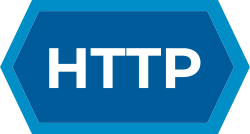This article has an unclear citation style .(March 2024) |
| HTTP |
|---|
 |
| Request methods |
| Header fields |
| Response status codes |
| Security access control methods |
| Security vulnerabilities |
HTTP header injection is a general class of web application security vulnerability which occurs when Hypertext Transfer Protocol (HTTP) headers are dynamically generated based on user input. Header injection in HTTP responses can allow for HTTP response splitting, session fixation via the Set-Cookie header, cross-site scripting (XSS), and malicious redirect attacks via the location header. XSS attacks can be blocked with the use of an extension such as NoScript or Malwarebytes Browser Guard on your browser.